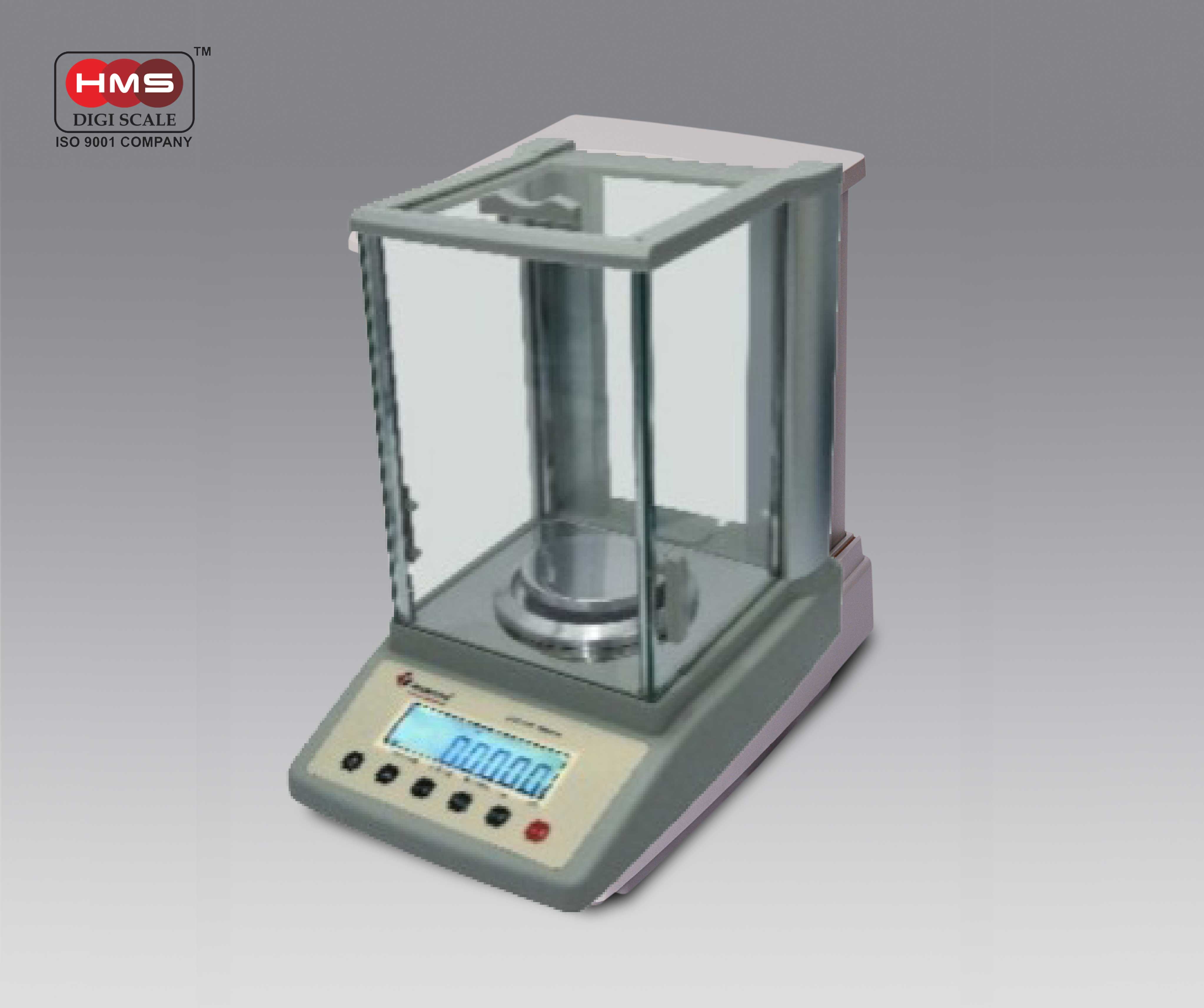Get a quote
HMS analytical balance, often referred to as a laboratory balance, is a highly precise measuring instrument used in scientific and industrial laboratories for accurately determining the mass (or weight) of substances. These balances are designed to provide precise measurements, often with readability down to micrograms (millionths of a gram) or even nanograms (billionths of a gram). Analytical balances are essential tools in various fields, including chemistry, biology, pharmaceuticals, and materials science.
Here are some key characteristics and features of analytical balances:
High Precision: Analytical balances are known for their exceptional precision and accuracy. They can measure very small quantities of substances with great sensitivity.
Digital Display: Most modern analytical balances feature a digital display, which provides a numerical readout of the measured weight.
Enclosed Design: Analytical balances often have a draft shield or enclosure to protect the sample from air currents and external influences that could affect the accuracy of measurements.
Calibration: Regular calibration is essential to maintain the accuracy of an analytical balance. Calibration ensures that the balance provides accurate readings based on known weights.
Taring Function: Analytical balances typically have a taring function, which allows the user to reset the balance to zero with the sample container in place. This way, only the mass of the substance being measured is considered.
Anti-static Measures: To prevent static electricity from affecting measurements, analytical balances may incorporate anti-static measures, such as ionizers or anti-static brushes.
Automatic Shut-off: To conserve energy and prevent wear on the balance, many models have an automatic shut-off feature that turns off the balance after a period of inactivity.
Data Output: Some analytical balances come equipped with data output capabilities, allowing them to connect to computers or data logging systems for record-keeping and analysis.
Analytical balances are used in a wide range of laboratory applications, including the preparation of chemical solutions, analytical chemistry experiments, quality control testing in manufacturing, and pharmaceutical research. When using an analytical balance, it is essential to handle samples with care, follow proper weighing techniques, and ensure that the environment is conducive to accurate measurements (e.g., minimal air currents, stable temperature).
Analytical balances are a crucial tool for ensuring the accuracy and reliability of scientific data, making them indispensable in many scientific and industrial settings.
Applications of Analytical Balance
► Laboratories
► Industries
► Education
► Jewellery
Technical Features
► Electro Magnetic Force Compensation.
► Underhook Weighing.
► Internal Auto Calibration.
► LCD Display.
► Multiple Weighing Units.
► 100% Tare.
► Density Determination (Optional Kit).
► RS232C Interface.
► Counting Weighing mode.
Analytical Balance - Technical Details
| Model | Cap. | Acc. | Pan (mm) | Class |
|---|---|---|---|---|
| HMS-J | 220 gm | 0.001 g (1 mg) | 80 | I |
| HMS-J | 520 gm | 0.001 g (1 mg) | 80 | I |
| HMS-J | 1020 gm | 0.001 g (1 mg) | 120 | I |
| HMS-J | 220 gm | 0.0001 g (0.1 mg) | 90 | I |
HMS Product Videos
Please watch HMS Product demonstration videos availale at our youtube channel.


